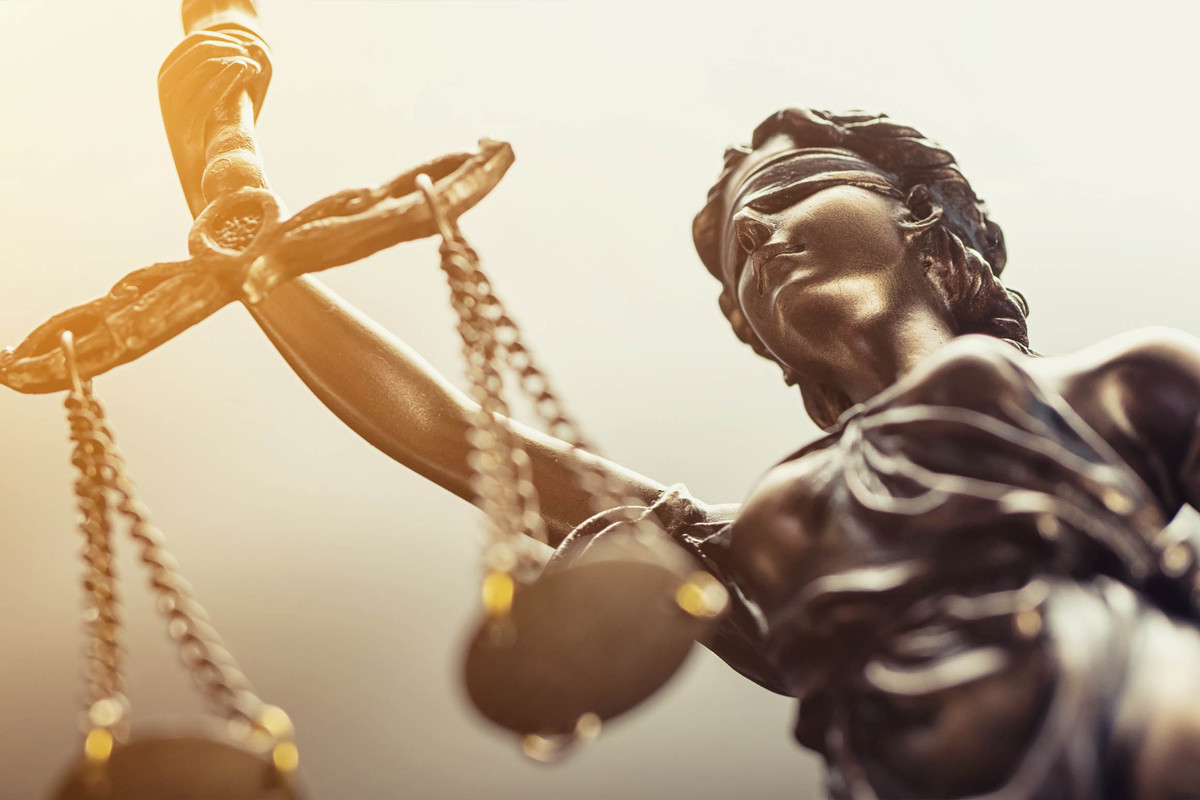Court system at the federal level
The federal judicial system is formed by 4 groups of courts – district, special, appellate and special appeals – headed by the Supreme Court.
US District Courts – federal courts of general jurisdiction; they hear all cases based on federal law in the first instance. Special courts of first instance – the US Court of Claims (considers monetary and property claims of citizens against the US government), the US Court of Foreign Trade (addresses disputes arising from federal import trade laws and customs regulations), the US tax court (resolves conflicts arising in connection with the decisions of the federal tax authorities).
The special courts of appeals include the US Court of Appeals for the Federal District (it considers appeals against decisions of the Court of Claims, the Court of Foreign Trade and decisions of certain federal administrative departments) and the temporary emergency court of appeals; the decisions of these two courts are being appealed to the Supreme Court.
The Courts of Appeal are an intermediate appellate court between the federal trial courts and the Supreme Court. The head of the federal judiciary is the US Supreme Court, the highest body in the federal judicial hierarchy, the final court of appeal.

The United States has an autonomous system of military courts. They have jurisdiction over purely military crimes, as well as all other criminal offenses committed by military personnel during their active military service and exclusively in the performance of official duties.
Judiciary in the States
Each state, within its borders, may establish such judicial bodies as it sees fit, but there are typical features of the judiciary common to all states. So, in the states there are 3 groups of courts: limited and special jurisdiction, general jurisdiction, appellate jurisdiction. э
The first two groups are local courts of first instance, which hear cases on the merits. The third group includes the intermediate courts of appeal and the state supreme courts.
Jury trial in the USA
Any US citizen, and even a foreigner, can receive a subpoena stating that a computer has randomly selected his last name from the city’s transportation department’s New York driver registration lists. And it is proposed to fulfill a civic duty: to become a candidate for the jury for the entire term of office of the newly elected court.
A small but rather detailed questionnaire was attached to this. The usual data is whether I was brought to court, the number of children, the addresses of my wife and last employer, whether I am a citizen.
Here is a list of occupations and professions that cannot be represented on the jury: military personnel, elected officials at all levels – from federal to rural, heads of executive departments of all ranks.
Then an equally lengthy list of professions that give grounds for refusing to serve on a jury. These are clergymen, lawyers, police officers, citizens over 70 years old, firefighters and mothers with children under 16 years old.
Everyone is supposed to answer the questionnaire, otherwise a citizen or a citizen, as it clearly follows from the submitted papers, may face criminal liability for contempt of court.
The idea of a jury trial is not American. It originated in medieval England, from where it later migrated to the judicial codes of dozens of states. In America, there are two types of jury trials: grand and petit juries.

The first, consisting of 23 people, deals with the study of the sufficiency of grounds for bringing a person to trial (as a rule, in the category of so-called state crimes). The task of the second jury is to determine the guilt of the defendant already during the trial. The specific measure of punishment is determined by the judge during a separate court session.
Jurors are prohibited from talking to the press during the trial. They are obliged to keep secret all the vicissitudes of the case they are considering. Members of the grand jury are given the right to interrogate witnesses themselves and to bring in new witnesses if they deem it necessary.
What is the impact of jury trials in American jurisprudence? There is a much lower probability of errors in determining the guilt of the defendant, although here they are not completely excluded.
A jury trial qualitatively changes the nature of the trial, sharply increasing its competitiveness, essentially turning it into a competition between the prosecution and the defense.
Of course, there are costs. The lengthy procedure for selecting jurors, the right to challenge some of them by the prosecution or defense, delays the administration of justice. But overall, the pros seem to clearly outweigh the cons. A trial by jury is, of course, a sign of a democratic court, a guarantee against judicial arbitrariness and the manipulation of investigative materials. Therefore, justice only wins from it.
